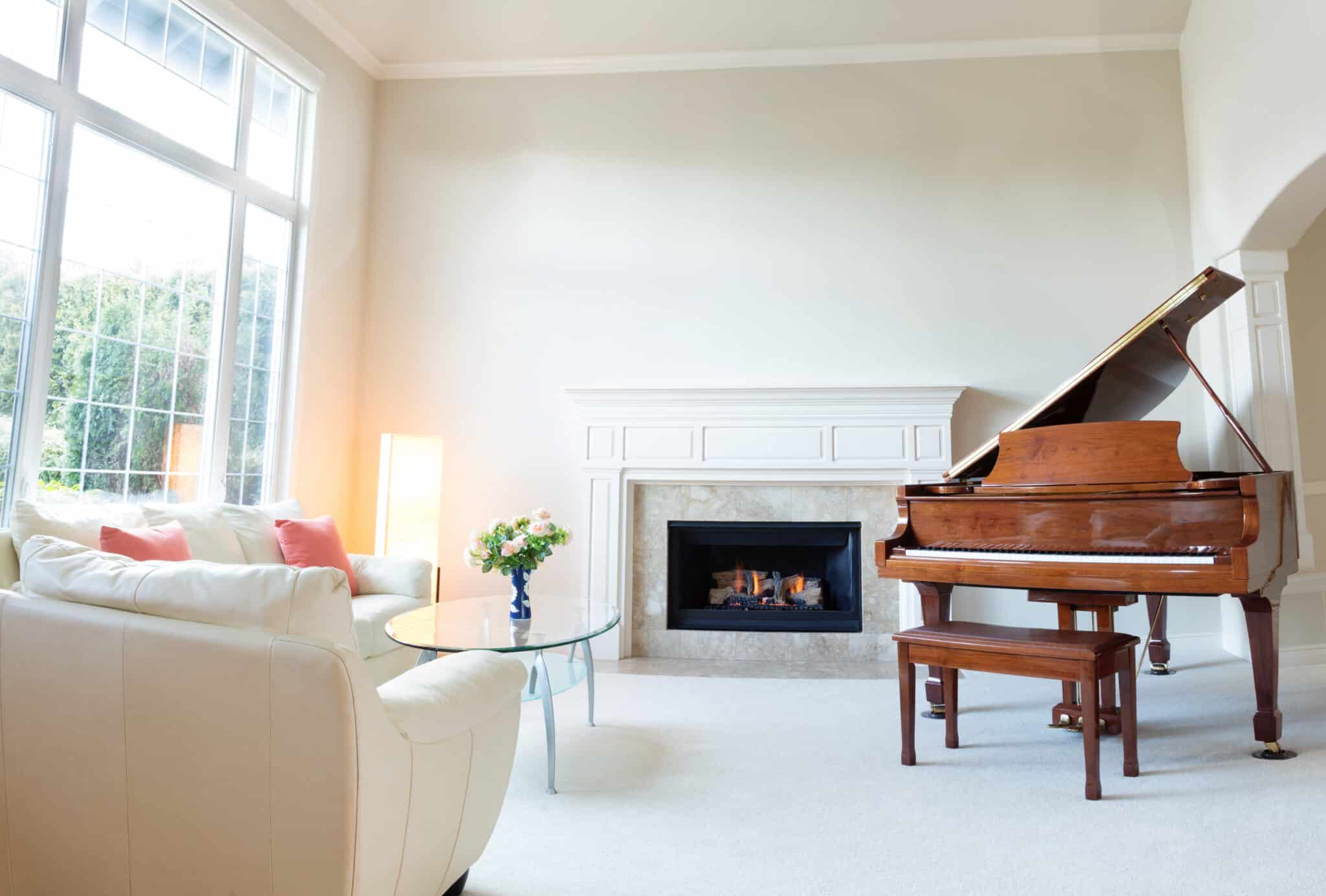

Articles
How To Place A Piano In A Living Room
Modified: December 7, 2023
Learn how to effectively place a piano in your living room with these informative articles. Discover helpful tips and ideas to create a harmonious and stylish space.
(Many of the links in this article redirect to a specific reviewed product. Your purchase of these products through affiliate links helps to generate commission for Storables.com, at no extra cost. Learn more)
Introduction
Placing a piano in a living room can be a challenging task, especially when considering its size and the need to maintain its sound quality. However, with careful planning and some creative thinking, you can find the perfect spot for your piano that not only complements the overall decor of the room but also enhances your music playing experience.
When it comes to selecting the right location for your piano, there are various factors that need to be taken into consideration. This article will guide you through the process, providing helpful tips on measuring the available space, assessing the room’s acoustics, protecting the piano, arranging furniture around it, and ensuring its proper maintenance and care.
By following these guidelines, you will be able to showcase your piano as a beautiful focal point in your living room while ensuring its longevity and optimal performance.
Key Takeaways:
- Finding the perfect spot for your piano in the living room involves considering factors like size, acoustics, and aesthetics to create a harmonious and visually appealing space that enhances your music playing experience.
- Protecting and maintaining your piano is essential for its longevity and optimal performance. By implementing protective measures and regular care practices, you can ensure that your piano remains in optimal condition for years to come, providing joy and beautiful music to your home.
Read more: How To Place Plants In Living Room
Considerations for Placing a Piano
When it comes to placing a piano in your living room, there are several important factors to consider. These considerations will help you find the ideal location for your piano, ensuring its safety, and enhancing its sound quality.
Firstly, it’s crucial to evaluate the size and weight of your piano. Pianos can be quite heavy and bulky objects, so it’s important to ensure that the floor can support the weight. Consider consulting with a professional if you’re unsure about the weight-bearing capacity of your floor.
Next, you should think about the room’s layout and the flow of traffic. Avoid placing the piano in areas where it may obstruct the natural movement in the room. It should be easily accessible, and there should be enough space around it for people to sit and enjoy the music.
Another important consideration is the presence of direct sunlight or extreme temperature changes in the room. Exposure to direct sunlight can cause the piano’s finish to fade or crack, while extreme temperature fluctuations can affect its internal components. Choose a location that is away from direct sunlight and maintain a stable room temperature to protect your piano.
The acoustics of the room also play a significant role in the sound quality of a piano. Hard surfaces and high ceilings can create excessive reverberation, while carpeted floors and thick curtains can absorb sound. Strike a balance between reflective and absorptive surfaces in the room to achieve the best sound quality.
Lastly, consider the aesthetics and overall style of your living room. The piano should seamlessly blend into the existing decor or become a statement piece, depending on your preference. You can choose to match the piano with the furniture and color scheme or have it as a contrasting element that adds visual interest to the room.
By taking these considerations into account, you can ensure that your piano is placed in an optimal location that not only enhances its sound quality but also integrates harmoniously into the overall design of your living room.
Measuring the Available Space
Before finalizing the placement of your piano in the living room, it’s important to accurately measure the available space. This will help you determine the size of the piano that can comfortably fit in the room and allow for proper movement around it.
Start by measuring the length, width, and height of the area where you intend to place the piano. Consider any architectural features such as windows, doors, or columns that may affect the positioning of the instrument. It’s also crucial to measure the doorways and hallways leading to the living room to ensure that the piano can be easily maneuvered into the space.
Once you have the measurements, compare them to the dimensions of your piano. Keep in mind that you need to leave some extra space around the piano for proper ventilation and maintenance. As a general rule of thumb, leave at least two feet of clearance on each side and three feet of clearance at the back.
Consider the piano’s lid and the space required to open it fully. If the piano has a grand lid, it should be able to fully open without hitting any walls or furniture. Measure the distance from the back wall to ensure that there is enough space for the lid to open comfortably.
It’s also important to consider the depth of the piano, particularly if you plan to place it against a wall. Make sure that there is enough clearance at the back for the hammers and other internal components to move freely when playing.
By accurately measuring the available space, you can confidently choose a piano that fits perfectly into your living room, ensuring that it not only looks great but also allows for easy access and proper maintenance.
Selecting the Ideal Location
Choosing the right location for your piano in the living room is crucial to create an inviting and functional space. Consider the following factors when selecting the ideal spot:
First and foremost, prioritize the acoustics of the room. You want to place the piano in an area that will optimize its sound quality. Avoid corners or areas near walls that may create excessive reverberation. Instead, opt for a spot that allows the sound to resonate and fill the room evenly.
The placement of the piano in relation to the seating area is also important. Ideally, position the piano in a way that allows listeners to enjoy the music comfortably. It should not be too far away or too close, striking a balance between proximity and immersion in the sound.
Consider the focal point of the room and how the piano can complement it. If there is a fireplace, a large window with a stunning view, or a beautiful piece of artwork, strategically placing the piano nearby can create a visually pleasing arrangement. It can also serve as a conversation starter and a central point of interest in the room.
Ensure that the chosen location allows for easy access and movement around the piano. If other furniture pieces need to be rearranged to accommodate the piano, make sure they can be easily moved without causing any damage to the instrument or the room’s layout.
Take into account the lighting in the room. If possible, position the piano in an area with adequate natural or artificial light. Good lighting not only enhances the visual appeal of the piano but also creates a pleasant ambiance for playing and listening to music.
Lastly, consider the overall flow and aesthetics of the room. The piano should harmonize with the existing furniture and decor. Take into account the color scheme, style, and material of the piano and how it complements or contrasts with the surrounding elements. This will ensure that the piano seamlessly integrates into the room’s overall design.
By carefully considering these factors, you can select the ideal location for your piano in the living room, creating a space that is both visually appealing and conducive to playing and enjoying music.
Assessing the Room’s Acoustics
When placing a piano in your living room, it’s crucial to assess the acoustics of the room. The acoustics play a significant role in the overall sound quality and can greatly impact your piano playing experience. Here are some important considerations to help you evaluate the room’s acoustics:
Start by examining the size and shape of the room. Large rooms with high ceilings tend to have more reverb, which can result in a richer and more resonant sound. Smaller rooms, on the other hand, may have less reverb but can offer a more intimate and focused sound. Consider the type of musical style you prefer and how the room’s acoustics can complement it.
Next, assess the materials and surfaces in the room. Hard surfaces such as wooden floors, glass windows, and bare walls can reflect sound, leading to a brighter and more resonant sound. On the other hand, softer materials like carpets, curtains, and upholstered furniture can absorb sound, resulting in a warmer and more mellow tone. Striking a balance between reflective and absorptive surfaces can help achieve a desirable sound quality.
Consider the placement of the piano in relation to the room’s surfaces. Placing the piano against a wall can enhance its sound projection, as the sound waves can reflect off the wall and fill the room. However, be mindful of any unwanted vibrations or buzzing that may occur if the piano is positioned too close to a resonant surface.
Additionally, evaluate the presence of any architectural features that can impact the acoustics. Columns, arches, and alcoves can affect the way sound travels in the room. Experiment with different positions to find the spot that offers the best balance of sound projection and resonance.
It’s also worth considering the use of acoustic treatments, such as sound-absorbing panels or diffusers, to optimize the room’s sound. These treatments can help minimize echoes and reverberations, resulting in a clearer and more defined sound from your piano.
Lastly, trust your ears and listen carefully to the sound produced by the piano in different locations within the room. Experiment with playing in different areas, facing different directions, and adjusting the lid position to find the sweet spot that offers the best sound quality and resonance.
By assessing the room’s acoustics and making necessary adjustments, you can create an environment that allows your piano to produce its full potential, immersing you and your listeners in a captivating and harmonious musical experience.
When placing a piano in a living room, consider the acoustics and the layout of the room. Position the piano away from direct sunlight and heat sources to prevent damage. Also, ensure there is enough space around the piano for comfortable playing and movement.
Read more: How To Place A Carpet In A Living Room
Protecting the Piano
When placing a piano in your living room, it’s essential to take measures to protect it from potential damage and preserve its longevity. By implementing these protective measures, you can ensure that your piano remains in optimal condition for years to come.
Firstly, consider the exposure of the piano to direct sunlight. Prolonged exposure to sunlight can cause the piano’s finish to fade or even crack over time. It’s best to position the piano in an area away from direct sunlight or use curtains or blinds to shield it when the sun is at its strongest.
Another important consideration is the temperature and humidity levels in the room. Drastic fluctuations in temperature and excessive humidity can harm the piano’s delicate wooden components, leading to warping, cracking, and changes in tuning stability. Maintain a stable room temperature and humidity level, ideally around 20°C (68°F) and 40-50% humidity.
Keep the piano away from sources of heat, such as radiators, fireplaces, or heating vents. Heat can cause the wood to expand and contract, leading to potential damage. Similarly, avoid placing the piano near air conditioning units or drafts that can expose it to cold air.
To prevent dust accumulation, regularly clean the piano using a soft cloth or feather duster. Avoid using harsh cleaning solutions or abrasive materials that could damage the finish. Additionally, consider using a piano cover or a closed lid when the instrument is not in use to protect it from dust and dirt.
It’s also crucial to protect the piano from any potential accidents or physical damage. Avoid placing drinks, vases, or other objects on top of the piano, as spills or falls could cause significant damage to the keys or internal components. Encourage caution among family members and guests to ensure the safety of the instrument.
If you have children or pets in your home, take extra precautions to safeguard the piano. Consider using a protective piano cover when it’s not in use to prevent accidental scratching or playing. Supervise and educate children about the importance of treating the piano with care and avoiding any rough or forceful handling.
Lastly, consider investing in a humidifier or a dehumidifier, depending on your specific environmental needs. This will help regulate humidity levels and protect the piano from the adverse effects of extreme moisture or dryness.
By implementing these protective measures, you can ensure that your piano remains safe and well-preserved, allowing you to enjoy its beautiful sound and craftsmanship for years to come.
Arranging Furniture around the Piano
When placing a piano in your living room, it’s important to consider how to arrange the furniture around it to create a comfortable and visually pleasing space. By carefully arranging the furniture, you can maximize the functionality of the room while highlighting the piano as a beautiful centerpiece. Here are some tips to help you with furniture placement:
Start by identifying the focal point of the room. In most cases, the piano itself becomes the focal point. Arrange the furniture in a way that directs attention towards the piano. Consider placing the piano on a wall that is easily visible from the main seating area to ensure that it becomes the center of attention.
Ensure that there is enough space around the piano for comfortable movement. Avoid placing furniture too close to the piano, as it may obstruct access and inhibit the natural flow of the room. Leave ample space for people to sit and enjoy the music or for the pianist to move freely while playing.
Consider creating a sitting area around the piano, with a comfortable sofa or chairs facing it. This allows for a cozy space where people can gather to listen to music or engage in conversations. Place a coffee table or side tables within easy reach for drinks or books, enhancing the functionality of the space.
If the piano is a grand or baby grand, you may want to consider positioning it with the lid facing outwards, towards the seating area. This arrangement not only allows for better projection of sound but also creates a visually appealing setup that showcases the instrument’s elegance.
Take into account the balance and symmetry of the furniture arrangement. Consider using furniture pieces of similar scale and size to create a balanced look around the piano. Symmetry can be achieved by placing identical chairs or matching end tables on either side of the piano, creating a harmonious and cohesive arrangement.
Experiment with different furniture arrangements to find the one that works best for your space and personal preferences. Don’t be afraid to rearrange furniture or try unconventional setups to create an interesting and unique design. Allow for flexibility in the arrangement, as you may want to accommodate larger gatherings or rearrange for special occasions.
Lastly, pay attention to the visual aesthetics and overall style of the room. Choose furniture pieces that complement the piano and the existing decor. Consider coordinating colors, textures, and styles to create a cohesive and visually pleasing environment.
By thoughtfully arranging the furniture around the piano, you can create a comfortable and inviting space that not only enhances the visual appeal of the room but also facilitates enjoyable music experiences for both players and listeners.
Showcasing the Piano as a Focal Point
Placing a piano in your living room provides an excellent opportunity to showcase it as a beautiful focal point and a statement piece. By highlighting the piano’s elegance and craftsmanship, you can create a visually stunning and captivating atmosphere in the room. Here are some tips to help you showcase the piano as a focal point:
Start by selecting an appropriate wall or area to position the piano. Choose a spot that is easily visible and accessible from the main seating area in the room. Consider placing the piano against a wall with minimal distractions or competing elements. This will allow it to take center stage and draw attention naturally.
Add lighting to emphasize the piano. Proper lighting can enhance the visual appeal of the instrument and create a striking focal point. Consider installing adjustable wall sconces or pendant lights above the piano to highlight its elegance and create a warm and inviting ambiance. Alternatively, use floor lamps strategically placed near the piano to illuminate it and create a pleasant atmosphere.
Consider incorporating artwork or a mirror above the piano to enhance its visual impact. Choose pieces that complement the style and color scheme of the room, creating a cohesive and harmonious look. The artwork or mirror can serve as a backdrop, adding depth and interest to the area around the piano.
Use decorative accents and accessories to draw attention to the piano. Arrange a few carefully chosen items on top of the piano, such as a vase of fresh flowers, a decorative statuette, or a beautiful music stand. These accents add personality and style to the space, further enhancing the piano’s visual appeal.
Consider creating a dedicated display area around the piano. Install floating shelves or a wall-mounted cabinet to showcase musical memorabilia, sheet music, or photographs. This allows you to personalize the space and create a unique display that reflects your musical interests and passions.
Arrange seating or lounge furniture strategically around the piano to create a conversation area and invite people to gather around. Incorporate comfortable chairs, ottomans, or benches that complement the overall style of the room. This arrangement not only creates a cozy and inviting space but also encourages people to engage with the piano and enjoy its music.
Lastly, keep the area around the piano clutter-free and free from unnecessary distractions. Remove any unnecessary furniture or items that may divert attention away from the piano. This helps create a clean, uncluttered space that allows the piano to shine as the main feature.
By implementing these tips, you can effectively showcase the piano as a captivating focal point in your living room. It will not only enhance the overall design of the space but also serve as an invitation to appreciate and enjoy the beauty and music it brings.
Proper Maintenance and Care of the Piano
Maintaining and caring for your piano is essential to ensure its longevity, sound quality, and overall performance. By following a regular maintenance routine and implementing proper care practices, you can keep your piano in optimal condition for years to come. Here are some guidelines to help you with the proper maintenance and care of your piano:
1. Keep it clean: Regularly dust the piano with a soft, lint-free cloth or feather duster to remove any dirt or debris. Avoid using harsh cleaning agents or abrasive materials that could damage the finish. If needed, use a slightly damp cloth for stubborn stains, but ensure that excess moisture doesn’t seep into the wood or keys.
2. Control humidity levels: Maintaining stable humidity levels is crucial for the health of your piano. Fluctuating humidity levels can cause the wood to expand or contract, impacting the tuning stability and overall structure. Use a humidifier during dry seasons to prevent excessive dryness, and consider a dehumidifier in humid climates to reduce moisture levels.
3. Tune regularly: Regular tuning is key to maintaining the sound quality of your piano. Aim to have your piano tuned at least once or twice a year, as changes in humidity and regular playing can cause the pitch to drift. It’s important to hire a professional piano tuner or technician who can accurately adjust the strings and ensure the piano is in the best possible tune.
4. Protect from direct sunlight and extreme temperatures: Avoid placing the piano near windows or areas where it is exposed to direct sunlight. Prolonged exposure to sunlight can fade or damage the finish. Additionally, keep the piano away from heating or cooling sources, as extreme temperature changes can affect the piano’s internal components.
5. Keep the piano covered when not in use: Using a piano cover when the instrument is not in use helps protect it from dust, spills, and potential scratches. Ensure that the cover is made of a breathable material and fits snugly, but avoid placing heavy objects on top of the cover that could put additional pressure on the piano.
6. Avoid placing objects on top of the piano: To prevent accidental damage, avoid placing drinks, books, or any other objects on top of the piano. Spills or falls can damage the keys or internal components. Encourage family members and guests to treat the piano with care and respect.
7. Schedule regular maintenance and inspections: It is advisable to have your piano inspected by a qualified technician periodically. They can check for any potential issues, such as loose parts, worn-out strings, or faulty mechanisms, and perform any necessary maintenance or repairs to keep the piano in optimal condition.
8. Properly move the piano: If you ever need to move the piano within your living room or to a different location, it’s crucial to hire professional movers experienced in handling pianos. Improper moving techniques can cause irreparable damage. Avoid pushing or pulling the piano by yourself, as it is a heavy and delicate instrument.
By following these maintenance and care practices, you can preserve the integrity and sound quality of your piano for years to come. Remember that proper care and regular maintenance are essential in ensuring that your piano continues to bring joy and beautiful music to your home.
Read more: Where To Place A Rug In A Living Room
Conclusion
Placing a piano in your living room can transform the space, adding elegance, beauty, and the joy of music. By considering the various factors involved in choosing the right location, measuring the available space, assessing the room’s acoustics, and arranging furniture, you can create a harmonious and inviting environment for your piano.
Remember to prioritize the protection and care of your piano by keeping it away from direct sunlight, maintaining stable humidity levels, and scheduling regular maintenance. By doing so, you can ensure that your piano remains in optimal condition, providing you and your loved ones with many years of musical enjoyment.
Showcasing the piano as a focal point in your living room allows it to stand out as a statement piece. By strategically arranging furniture, incorporating lighting, and using decorative elements, you can create a captivating and visually appealing space that draws attention to the piano and invites people to gather and appreciate the beauty of the instrument.
Proper maintenance and care are crucial to the longevity and performance of your piano. Regular tuning, keeping it clean, and protecting it from extreme temperatures and accidents are essential practices to preserve its integrity and sound quality. By following these guidelines, you can ensure that your piano remains a cherished instrument for many generations to come.
In conclusion, placing a piano in your living room is a wonderful way to add beauty, elegance, and the joy of music to your home. By considering the various aspects of placement, measuring, acoustics, furniture arrangement, protection, and maintenance, you can create a space that not only showcases your piano but also provides an inviting and harmonious environment for musical enjoyment. Embrace the opportunity to create a living room that resonates with the sound of beautiful music and creates treasured memories for years to come.
Frequently Asked Questions about How To Place A Piano In A Living Room
Was this page helpful?
At Storables.com, we guarantee accurate and reliable information. Our content, validated by Expert Board Contributors, is crafted following stringent Editorial Policies. We're committed to providing you with well-researched, expert-backed insights for all your informational needs.
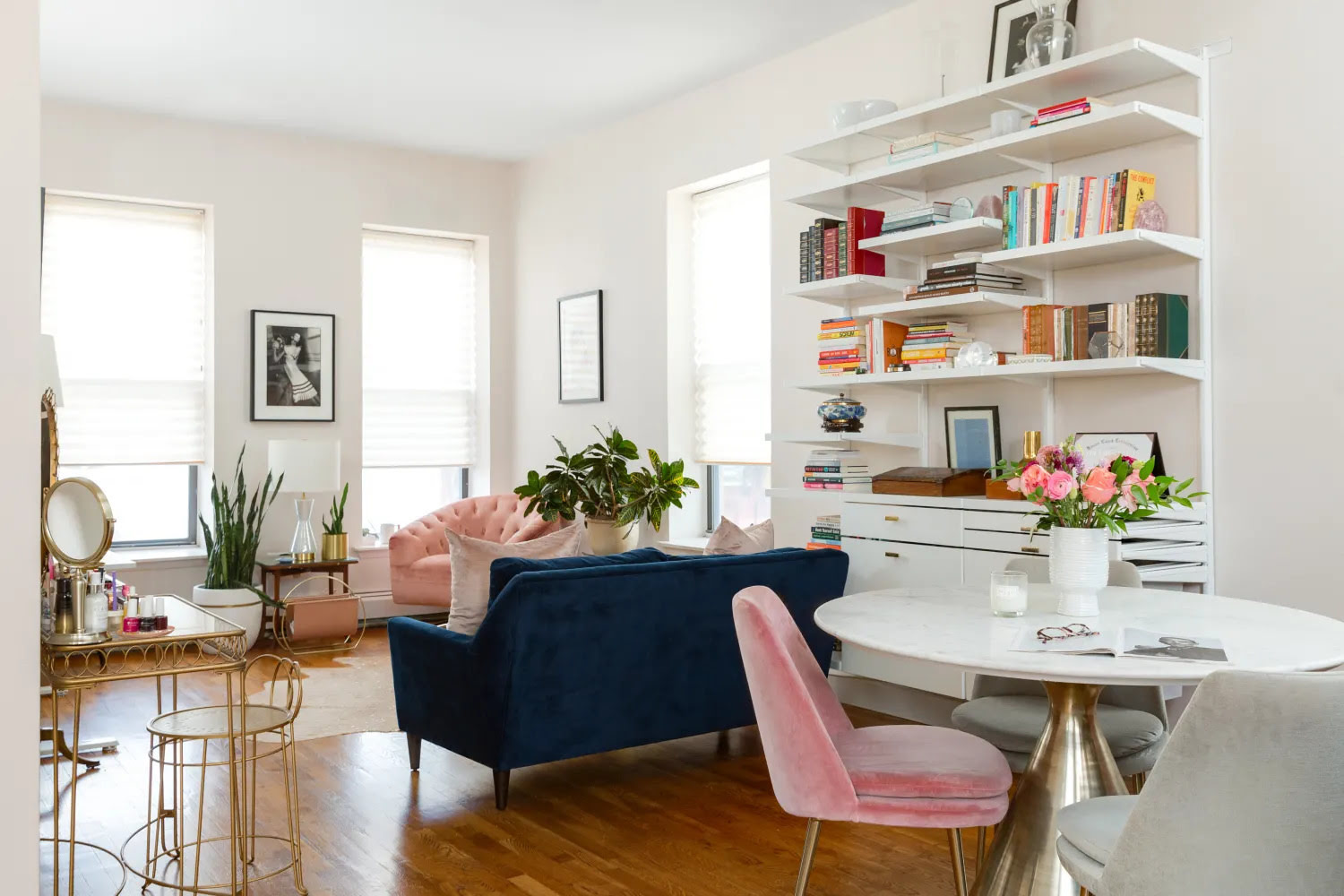
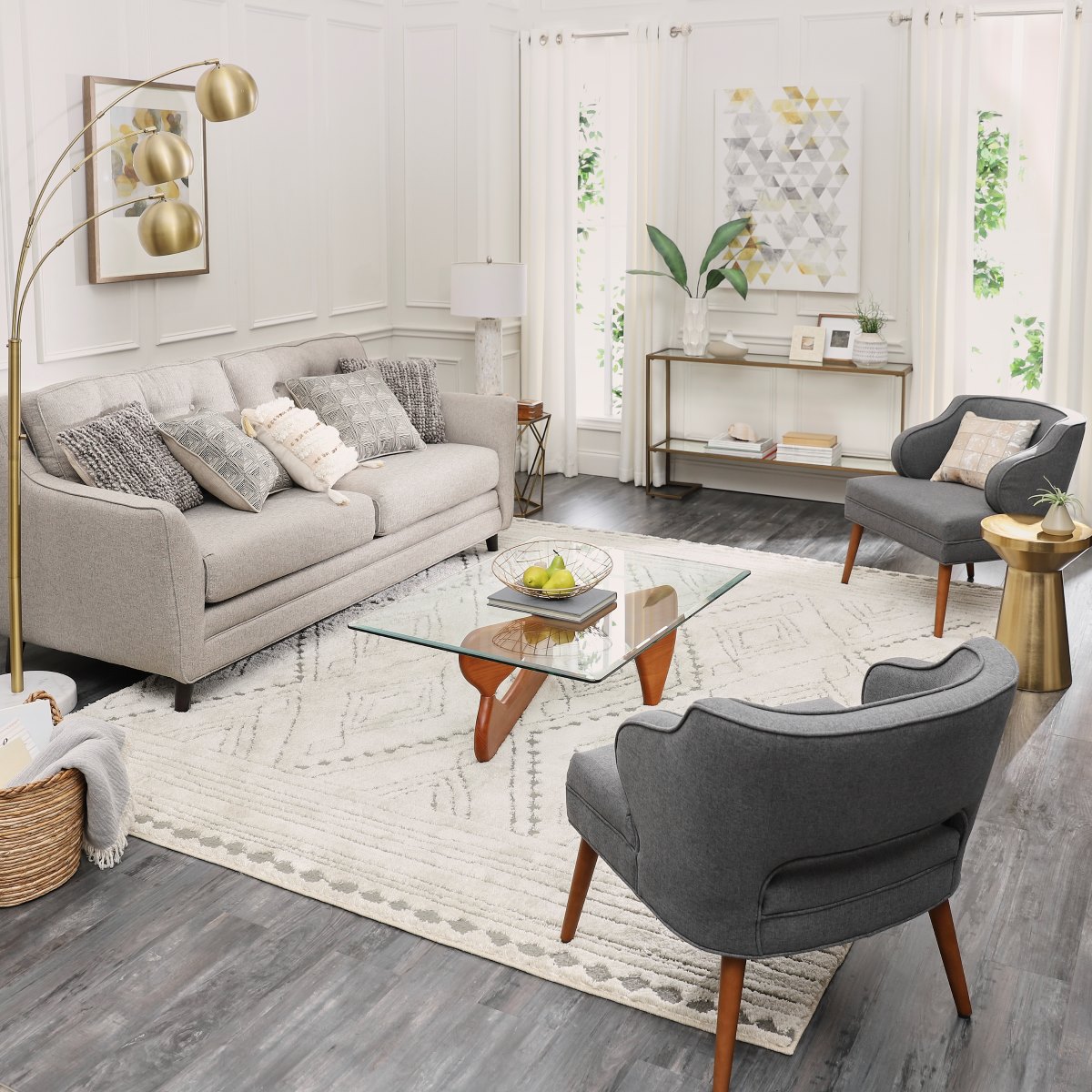
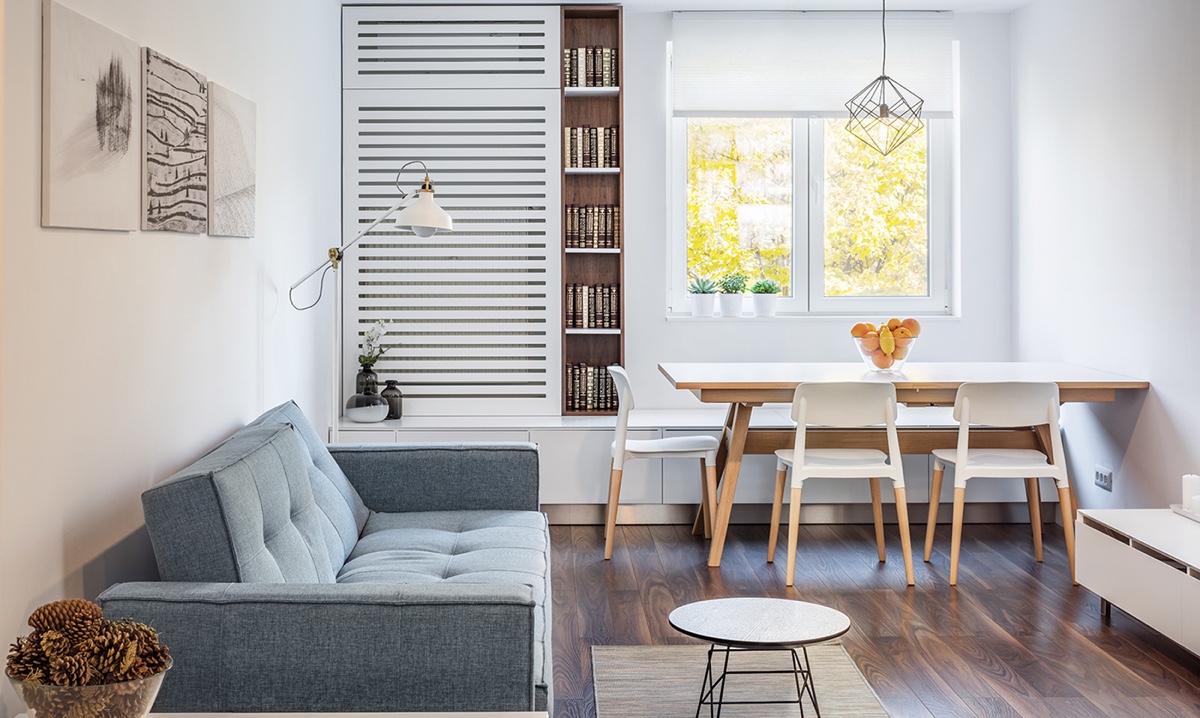
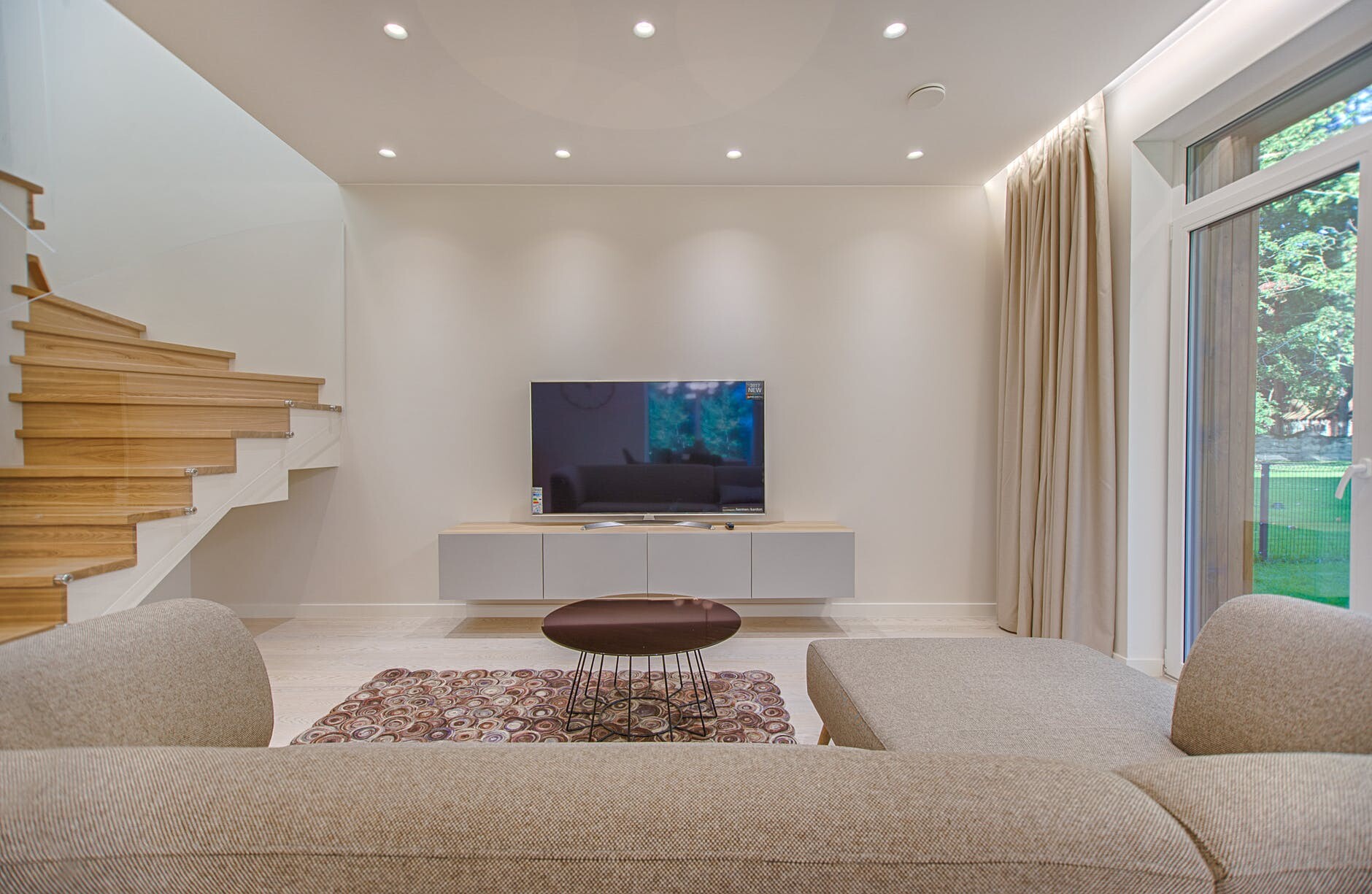
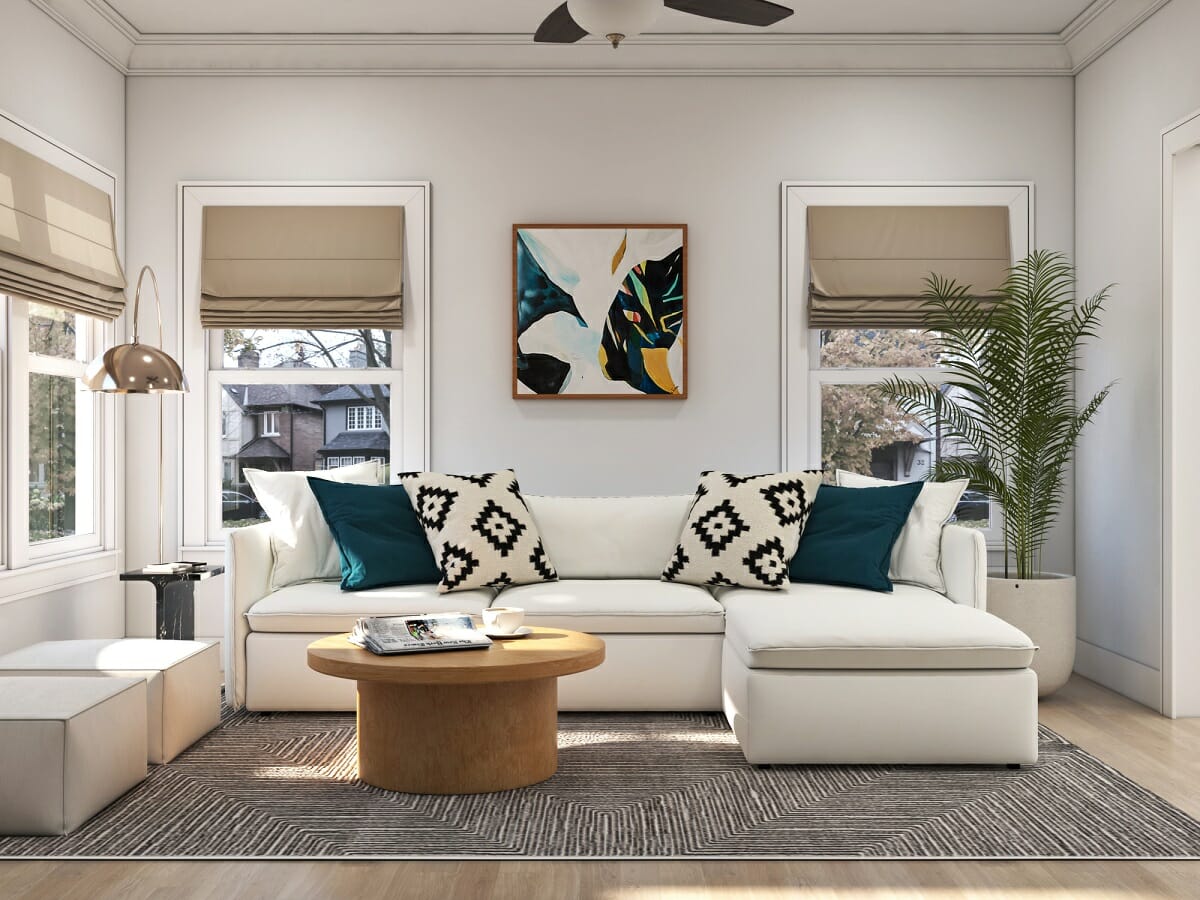
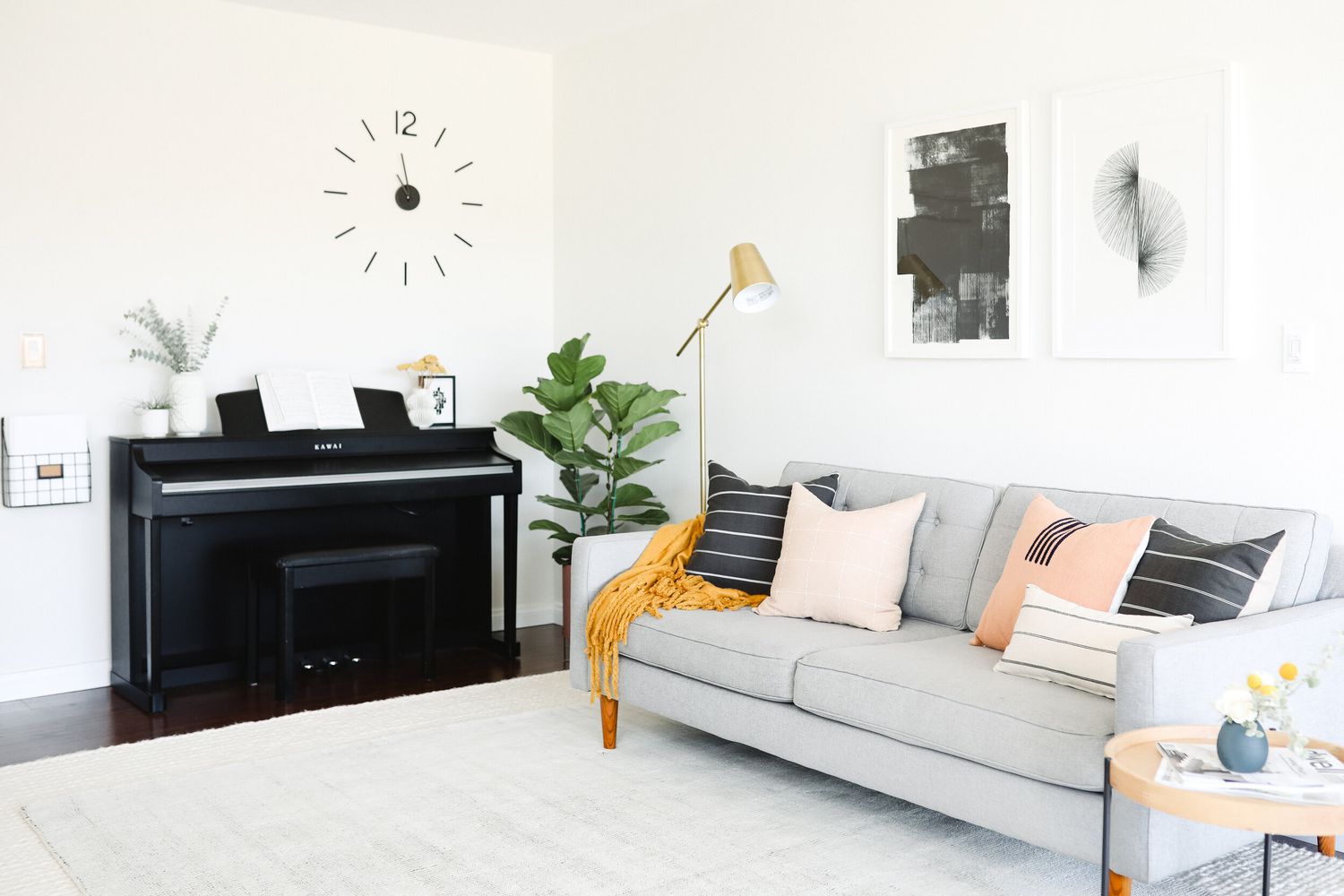
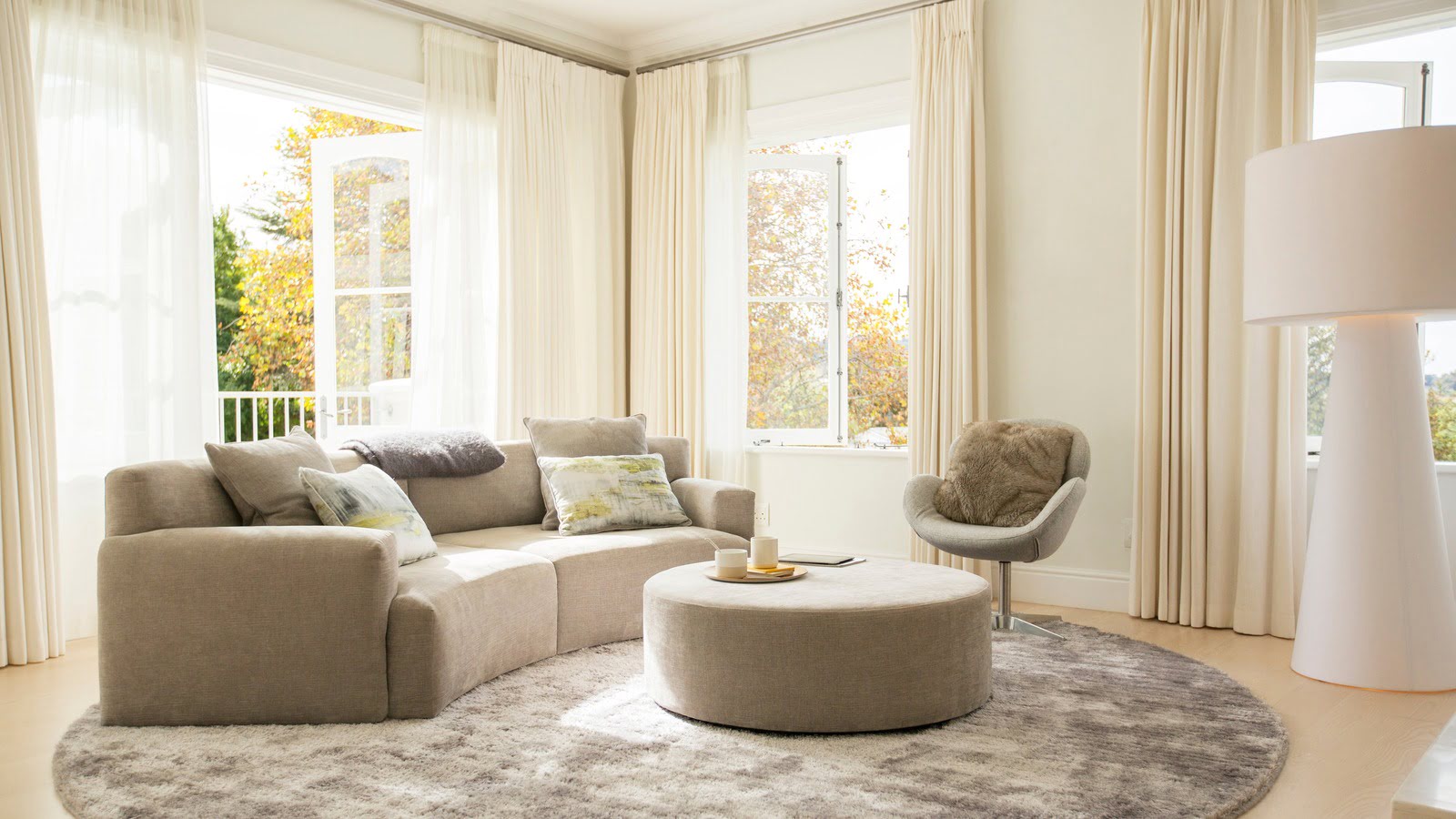
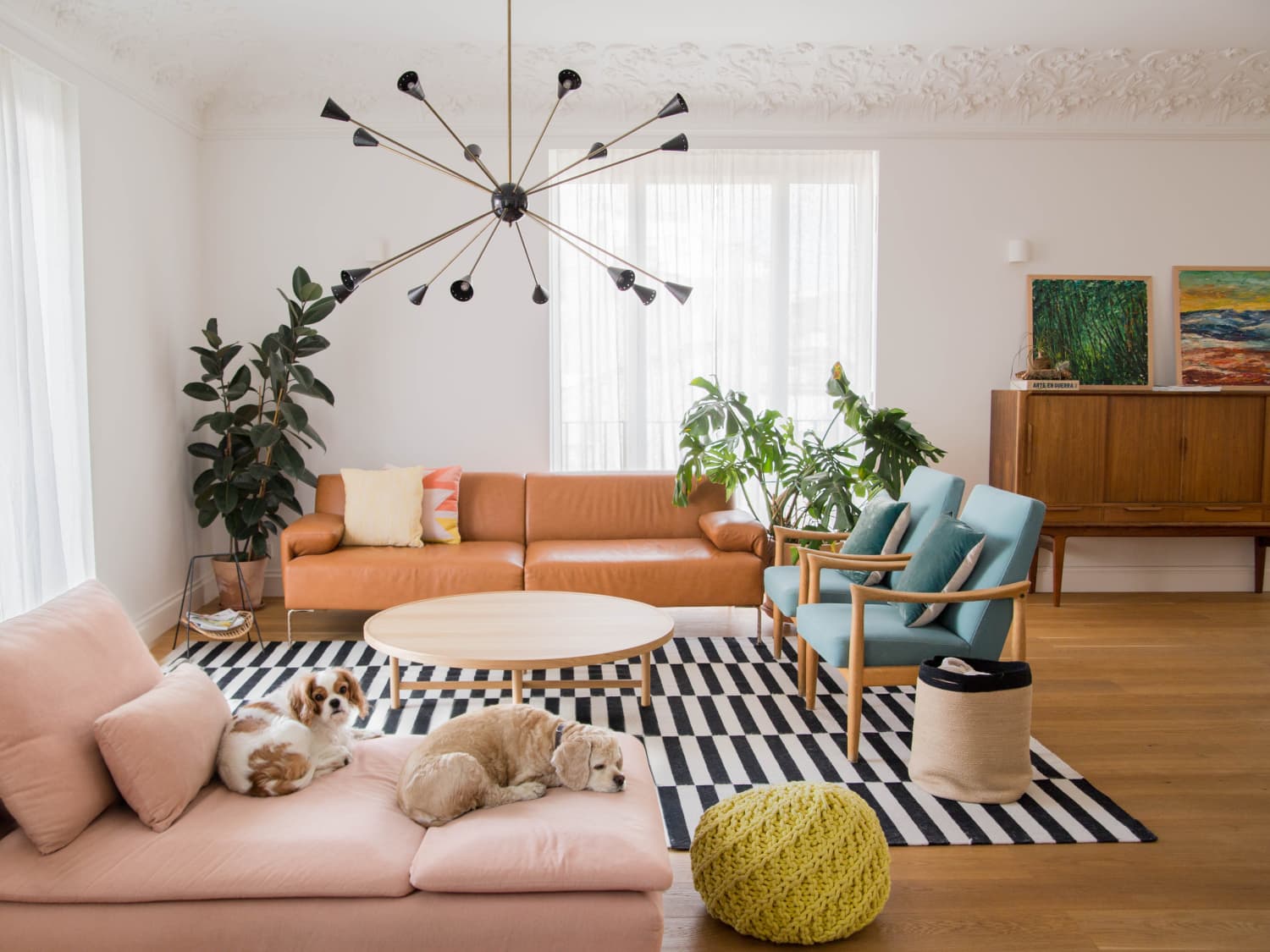
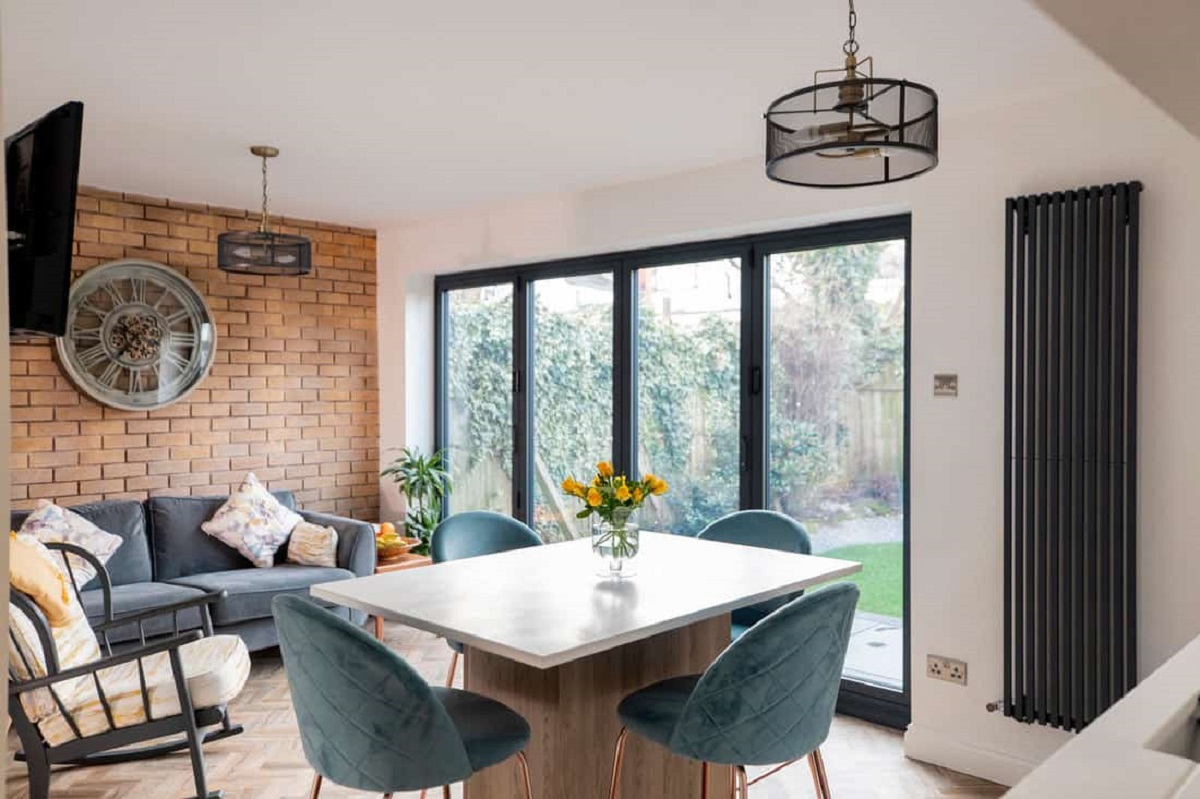
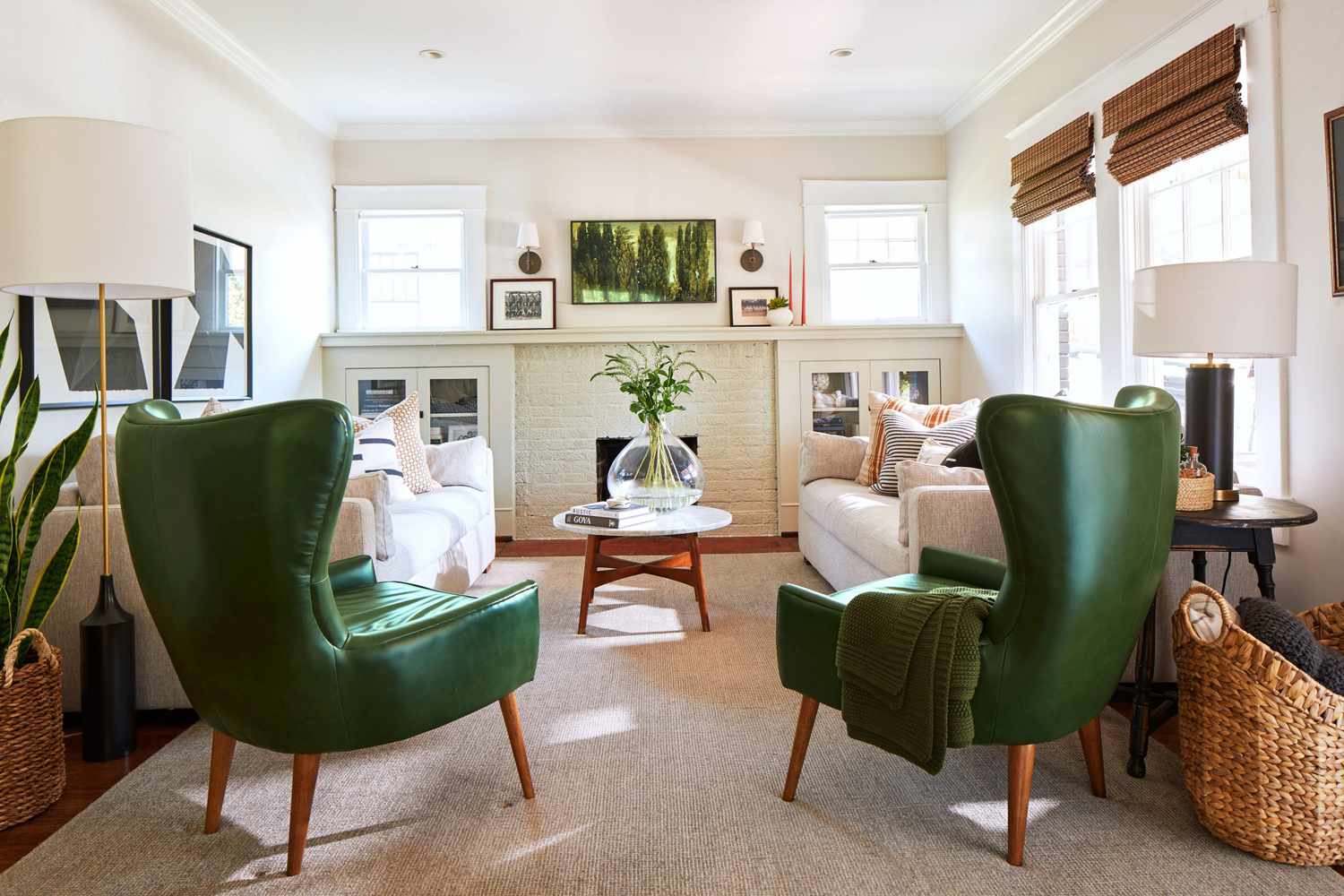
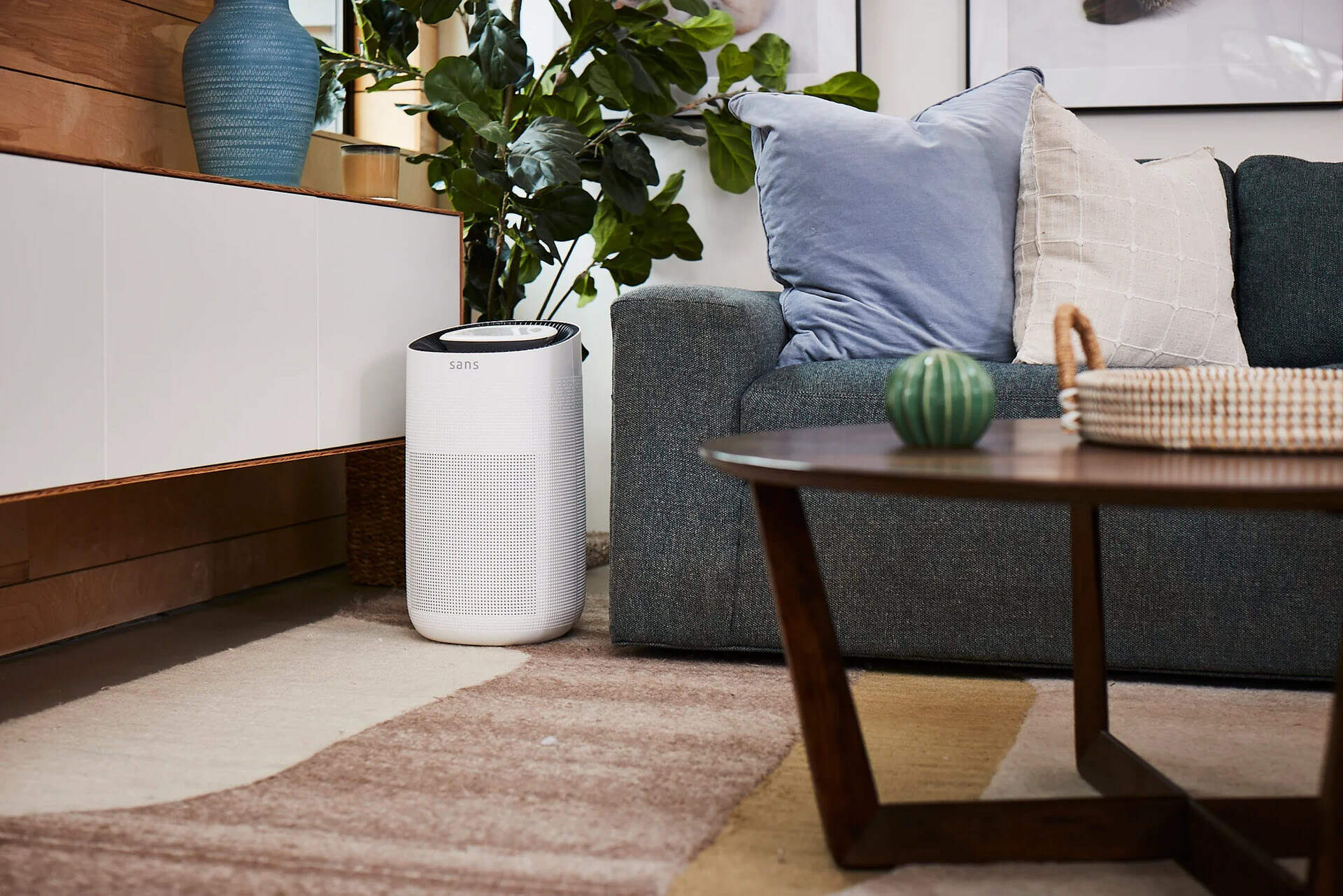
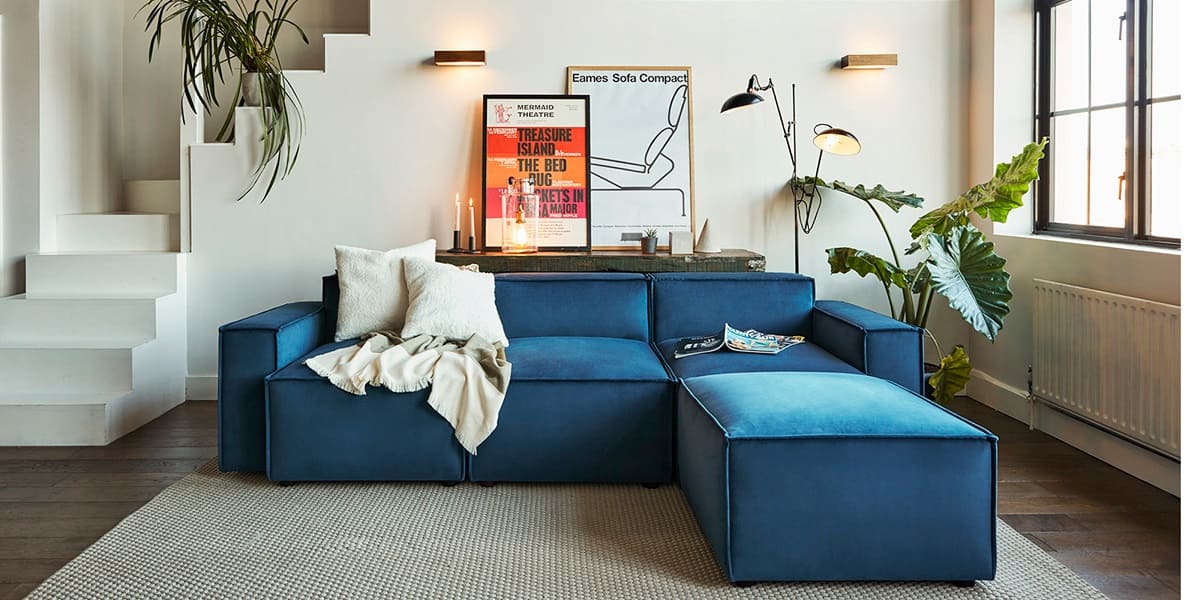
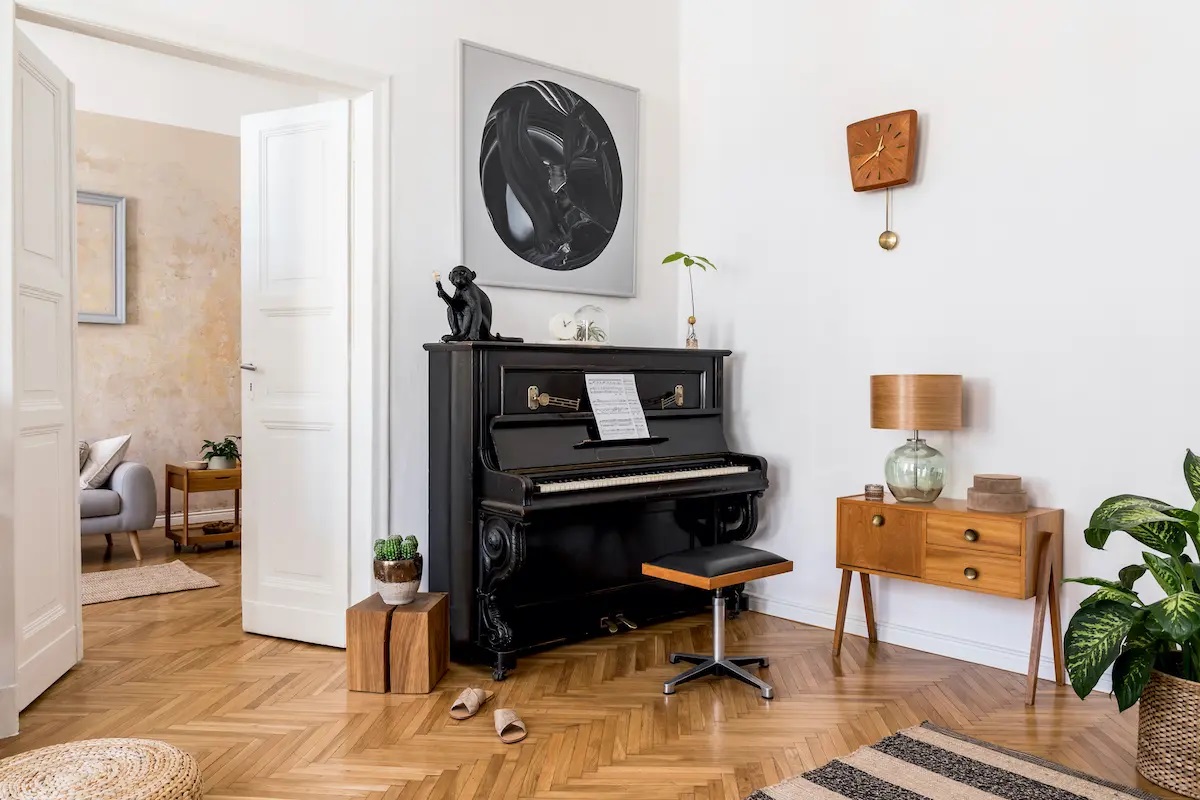

0 thoughts on “How To Place A Piano In A Living Room”